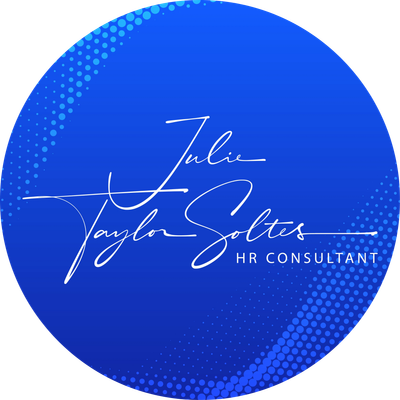What Gets Rewarded, Gets Repeated

There’s an old saying in leadership and psychology: “What gets rewarded, gets repeated.” It’s simple, but it holds the key to building stronger teams, healthier workplaces, and better business results. Too often, organizations focus on correcting mistakes or calling out what’s wrong. But research — and experience — show that recognition and positive reinforcement are far more powerful in shaping behavior than criticism or punishment. When people feel seen and valued for their contributions, they’re more likely to continue showing up with that same energy, attitude, and performance.
Why Recognition Matters
Recognition does more than make people feel good. It:
- Drives performance. When employees know their efforts will be acknowledged, they’re more motivated to excel.
- Builds culture. Recognition creates a ripple effect of positivity, reinforcing the behaviors and values you want your organization to embody.
- Boosts retention. Employees who feel appreciated are more engaged and more likely to stay, reducing costly turnover.
- Strengthens trust. Genuine recognition builds stronger relationships between leaders and their teams.
What Recognition Looks Like
Recognition doesn’t have to be elaborate or expensive. In fact, the most impactful gestures are often small and sincere. Examples include:
- A heartfelt thank-you in a team meeting.
- A handwritten note acknowledging someone’s extra effort.
- A public shout-out in a company-wide email or recognition platform.
- Celebrating milestones — both professional and personal.
The key is timeliness and authenticity. Recognition should be specific, immediate, and genuine. People can tell when praise is generic or forced. Building a Culture of Positive Reinforcement Leaders can amplify the effect by making recognition part of the daily routine rather than a once-a-year event. Here are three practices that make a difference:
- Catch people doing things right. Instead of waiting for mistakes, look for opportunities to highlight when someone models the behaviors you want to see.
- Align recognition with values. Tie your praise back to the company’s mission, culture, or customer promise — this reinforces both the individual action and the bigger picture.
- Encourage peer-to-peer recognition. Recognition doesn’t just have to flow from the top down. When employees celebrate each other’s wins, the culture of appreciation becomes self-sustaining.
Final Thought
When leaders choose to recognize and reward the right actions, they’re not just celebrating the present — they’re shaping the future. Because what gets rewarded, gets repeated.
So, here’s the question to reflect on: What behaviors are you rewarding in your organization today, and are they the ones you want to see more of tomorrow? If I can assist you, please contact me.
